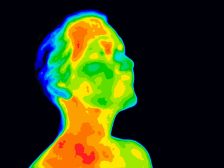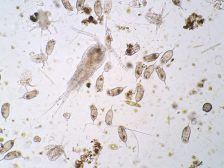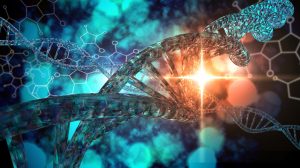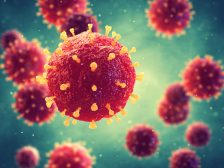Kinetic molecular theory
(Science: chemistry) this theory assumes that molecules must collide in order to react. The more collisions the more likely it is for a reaction to occur.
however, depending on the conditions, only a small fraction of the collisions are effective in producing a reaction. There are several constraints. In order for a reaction to occur, bonds initially are broken, which requires energy. This energy depends on the type of the reaction and comes from the kinetic energies that the molecules possess before the collision. It is called the activation energy. Increasing the temperature increases the kinetic energies and more collisions will occur. In adition, at a higher temperature a greater number of the reacting molecules might possess an energy equal to or greater than the activation energy. However the molecules must also collide in a specific orientation, called the steric factor in order for a reaction to occur.
a reaction will only be successful, if the collision has enough energy to be either equal to or greater than the activation energy and if the orientation of the collision allows for correct bond formation. These factors are in the Arrhenius equation: k = zp The rate constant k is proportional to the Arrhenius factor a. A is the product of the collision frequency z, and the steric factor p. The fraction of collisions with sufficient energy to produce a reaction are in the term of the equation.
Dictionary > Kinetic molecular theory
You will also like...

Plant Cells vs. Animal Cells
Plant cells have plastids essential in photosynthesis. They also have an additional layer called cell wall on their cell..

Regulation of Organic Metabolism, Growth and Energy Balance
The human body is capable of regulating growth and energy balance through various feedback mechanisms. Get to know the e..

Freshwater Communities & Plankton
Planktons are microscopic organisms that live suspended in aquatic habitats. There are two groups: the phytoplanktons an..

Cell Structure
A typical eukaryotic cell is comprised of cytoplasm with different organelles, such as nucleus, endoplasmic reticulum, G..

Evolution of Life – Ancient Earth
Autotrophs flourished, absorbing carbon and light. Soon after, primitive life forms that could assimilate oxygen thrived..

Biological Viruses
Viruses possess both living and non-living characteristics. This unique feature distinguishes them from other organisms...

